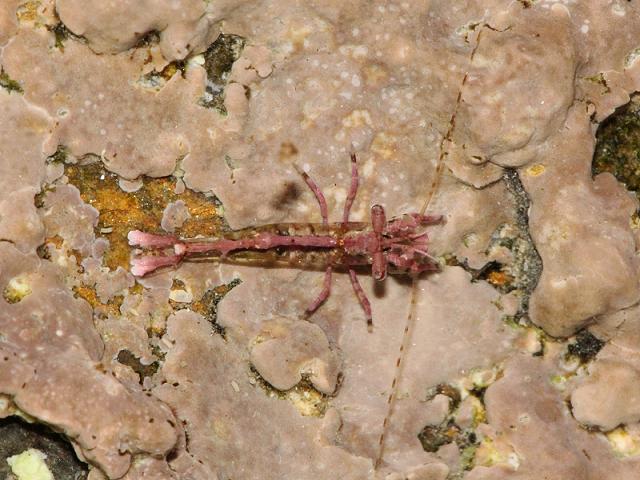
APHOTOMARINE
An educational resource dedicated mainly to the photography
and diversity of marine life that can be found in coastal waters
and intertidal areas of Great Britain and Ireland by David Fenwick.

Hippolyte leptocerus (Heller, 1863a) - A Prawn (Prawn and shrimp images)
Scroll down and rollover titles to change screen image or click on title to view image.
Prawn
Hippolyte leptocerus
- in lowershore rockpool 1
Hippolyte leptocerus
- in lowershore rockpool 1
Prawn
Hippolyte leptocerus
- in lowershore rockpool 2
Prawn
Hippolyte leptocerus
- in specimen container 1
Prawn
Hippolyte leptocerus
- lateral view 1
Prawn
Hippolyte leptocerus
- lateral view in petri-dish 1
Prawn
Hippolyte leptocerus
- head / face view 1
Prawn
Hippolyte leptocerus
- top view 1
Prawn
Hippolyte leptocerus
- top view 2
Prawn
Hippolyte leptocerus
- top view 3
Images of species taken north of Tavis Vor, Mousehole, Cornwall. 19.10.12. Animal in image was 10mm across and was found in a sample of Mesophyllum lichenoides, Pink Plate Weed, taken from a lowershore rockpool. Species also found at Castle Beach, Falmouth, Cornwall. 25.03.13.
European and Scientific Names:
Hippolyte leptocerus, Hippolyte longirostris, Virbius gracilis, Virbius leptocerus, Virbius rectifrons and Virbius tenuirostris.

The main objective of this website is in furthering environmental awareness and education through the medium of photography. To increase awareness and access to the wildlife of the region and help
people find and identify it. Sometimes the difference between species is obvious but many species can only be determined by observing microscopic characteristics that are specific to any one species.